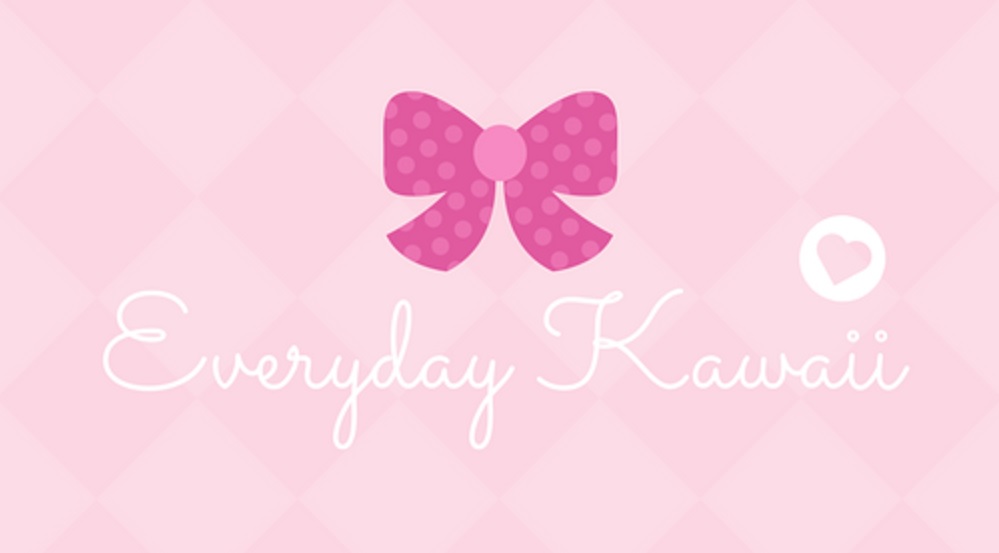The Holiness in Harajuku
A peripheral benefit of winning the Silver award in this summer’s LIZ LISA Coordinate Olympics is that I got to go to Tokyo! I packed as much as I could into four full days in Tokyo, including Cinnamoroll Cafe, the teamLab Borderless exhibit, Tokyo DisneySea, a summer festival, and lots of shopping (of course). This Kawaii Life series will be all about my trip to Tokyo this August—the sights, the food, and the fashion. I hope my tips on all three will help you plan your next trip to this fabulous city!
Sitting on the tarmac at the Montreal–Pierre Elliott Trudeau International Airport, 12 hours away from Tokyo.
If you have seen my Instagram and blog, you could probably guess that my shopping destination of choice in Tokyo is Harajuku. (Takeshita Street, to be more exact.) But there is another very special place in Harajuku that I like to visit every time I go to Tokyo, and that’s Meiji Jingu.
The South entrance of Meiji Jingu.
As soon as you cross the torii gate at the South entrance, you will enter a tree-lined walkway and all the noise from the bustling Harajuku area falls away. Because of jet lag, we were able to make it to Meiji Jingu at 7 a.m. and enjoyed a truly peaceful walk there. (The shrine opens at 5 a.m. in August.) Meiji Jingu is a popular destination and can get very crowded as the day goes on, so for those of you suffering from jet lag, take advantage of it!
Me at one of the torii gates in the Meiji Jingu area.
August is extremely hot in Tokyo, especially this year with the record-breaking heat wave driving temperatures up to almost 106°F. So light fabric and open-toed shoes are key, which is why I chose this navy multistriped off-shoulder dress and these white double-ribbon clear-heel sandals and topped them off with my white frill-handle basket bag and a pink organza barrette. (All LIZ LISA.) The cotton material of the dress keeps you cool and dry, and its light pink and light blue stripes paired with the background navy color just scream summer. Cute and cool, check!
Meiji Jingu is a Shinto shrine dedicated to Emperor Meiji, who ended military rule in Japan in the 19th century, became the first emperor of modern Japan, and initiated a series of political, social, and economic reforms that transformed Japan into one of the world’s preeminent countries. You do not have to be a Shintoist to visit the shrine or partake in any of the activities there. It is said that Japanese people don’t usually think of Shinto as a religion—it’s the Japanese way of looking at the world. Japan Guide goes into greater detail:
“In contrast to many monotheistic religions, there are no absolutes in Shinto. There is no absolute right and wrong, and nobody is perfect. Shinto is an optimistic faith, as humans are thought to be fundamentally good, and evil is believed to be caused by evil spirits. Consequently, the purpose of most Shinto rituals is to keep away evil spirits by purification, prayers, and offerings to the kami.”
The daily Nikkusai (sacred food offering and prayers for worldwide peace and everybody’s prosperity) at Honden (main shrine building) at 8 a.m. It also takes place at 2 p.m. every day.
While anyone is allowed to visit, it would do well to learn and observe the proper etiquette of paying respect at a Shinto shrine before making your trip to Meiji Jingu. The Meiji Jingu website has a comprehensive list of what you need to know.
On regular days, people visit Shinto shrines to pay their respect to the kami (god), buy charms and amulets, offer their wishes on a wooden plate called an ema, and draw an omikuji, a fortune-telling paper slip. If you are lucky, you may catch a glimpse of a Japanese religious wedding ceremony.



It’s a good 10- to 15-minute walk from the entrance to the main shrine building, but there is ample seating under shade when you arrive. As pretty and generally comfortable as my LIZ LISA sandals are (I walk quite a bit normally in New York), my feet hurt a bit by the time we arrived at Honden. To be fair though, we stopped a lot to look around and take photos on the way, so I was on my feet for longer than 10 to 15 minutes. Also, there were only two narrow paved paths leading to Honden and rest of the ground surface was covered in pebbles. Just in case, bring flats or sneakers to change into.
Windswept hair, don’t care.
You can certainly spend your whole day at Meiji Jingu since the shrine area also includes the Gyoen (the Inner Garden, which requires an entrance fee) featuring seasonal flowers, the Homotsuden (Treasure Museum), the Shiseikan Dojo which offers Budo classes, and a restaurant. We had limited time, so we left after spending a few hours there.
Next time, I will introduce you to the incredible Cinnamoroll Café.






